Something caught my eye yesterday as I passed by my favourite taco place in Brighton (Casa Azul – you must go, the things they do with mushrooms!)
The owner, Gabriel, had repurposed one of the tables as a makeshift altar, lovingly arranged with candles, sweetbread, bottles of tequila and black-and-white photos hanging above on a piece of string.
I’ve never seen a real-life Día de Muertos display before, and I found it so… heartwarming.
We chatted with Gabriel about this. I told him how in Hungary, where I grew up, also has a Day of the Dead, but it’s more sombre – you do visit graveyards and light a candle, but you wouldn’t catch a Hungarian having a picnic.
In turn, Gabriel told me about how the Mexican approach is best summed up in the saying “when you’re born, you cry – when you die, you smile“. Unusual? Maybe, for us. But it rings true with a lot of other cultures around the world which say, well, Earthly life is full of strife, so
a., it’s actually great when the struggle is over and
b., when we remember those we love, we should focus on the good stuff.
It’s cultures with this outlook whose afterlife rituals tend to be less sombre, and more uplifting, even humourous – or a mixture of all these.
(Maybe it also has to do with Día de Muertos originally being a summer ritual, moved to All Saints Day for your usual Catholic church-takeover reasons.)
This all made me think of how this time of the year cycle, most cultures have this innate knowledge that we kinda forgot in our demythologised world. Trick or treating today is a fun community exercise only with hints to the “thinning of the veil” from Celtic mythology, when the world is most accessible to those of the fae folk (and vice versa).
On the flipside, we keep the fear of the supernatural but relegate it to the horror film, the adult Halloween pastime, with rarely any function other than “be afraid” and possibly some mild stress relief.
And this way, we kind of forgot about the stories that are not horror but are about our ability to, at certain points in time, pass into that normally closed other world, and bring something back. Which can be an object, but even objects signify deeper learnings: when you visit the underworld, you do so to connect to a truth bigger than your mundane surface world.
With that in mind, here is an ever-growing list of films you can watch for Halloween that remind us about our possible journeys to the underworld, be they mythological or personal.
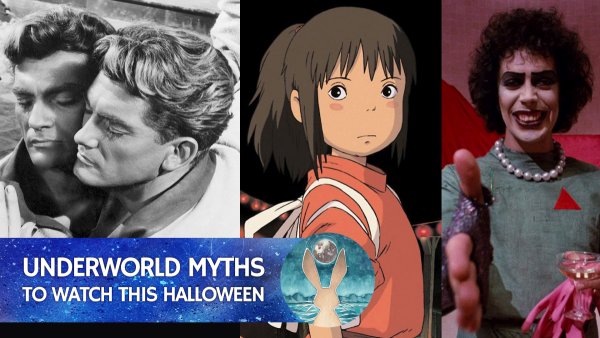
- 1. Orpheus/Orphée (Jean Cocteau, 1950)
- 2. Inception (Christopher Nolan, 2010)
- 3. Spirited Away (Hayao Miyazaki, 2001)
- 4. Night on the Galactic Railroad (Ginga Tetsudō no Yoru, Gisaburo Sugii, 1985)
- 5. Rocky Horror Picture Show (Jim Sharman, 1975)
- 6. Pom Poko (Heisei Tanuki Gassen Ponpoko, Isao Takahata, 1994)
- +1. Grim Fandango
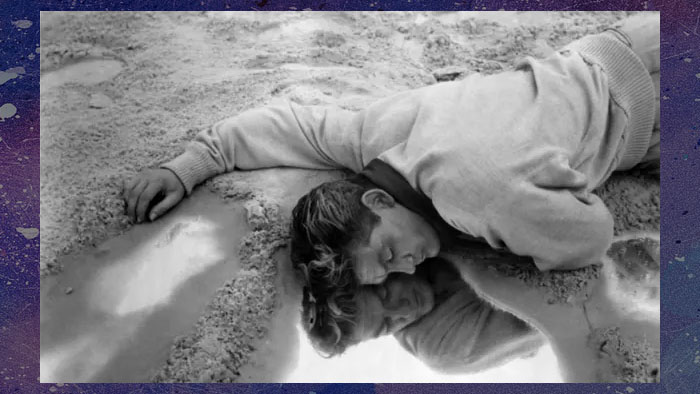
1. Orpheus/Orphée (Jean Cocteau, 1950)
There’s a lot of films adapting the Greek myth of the mystery cult hero Orpheus going down to the underworld and back, but Cocteau’s repurposing the story for a contemporary French setting is an absolute favourite of mine. It is subtitled, it is in black-and-white, but once you get into it, its pace, atmosphere, and special effects that will make you go “how did they do THAT without computers 70 years ago?” (In the UK it’s available for streaming through the BFI player.)
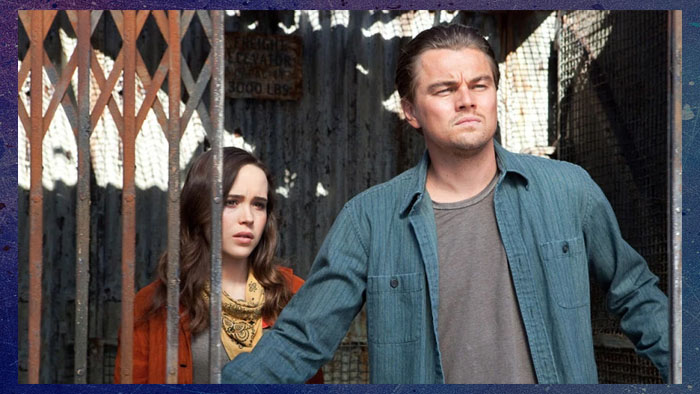
2. Inception (Christopher Nolan, 2010)
A cross between the Orpheus myth and Satoshi Kon’s sci-fi psychotherapy flick Paprika, it’s a film about Elliot Paige acting as Leo DiCaprio’s makeshift therapist as they venture deeper and deeper into the dream world. It’s a Hollywood movie which means they take way more guns into the underworld than necessary, but the psychological thread is there. Also, it’s one of the few mainstream American films that go beyond the cliché father conflict to explore the mother conflict beneath.
If you haven’t watched this film before, you won’t regret it. (And when you’ve watched it, you’ll get the joke I just made.)
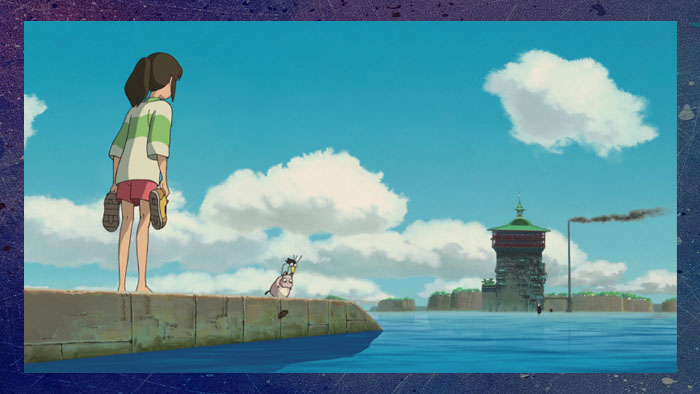
3. Spirited Away (Hayao Miyazaki, 2001)
Surprise! Miyazaki’s classic actually is based on the ancient underworld-travelling template, complete with classic tropes like “eat something of the underworld or you’ll disappear” or “don’t look back when you leave”. For extra points, compare and contrast with the Orphée above, especially its work with mirrors.
In fact, I’ve written an entire post on the mythological implications of why Haku tells Chihiro not to look back at the end of the film, and how it ties into Orpheus, the Japanese creation myth, and more.
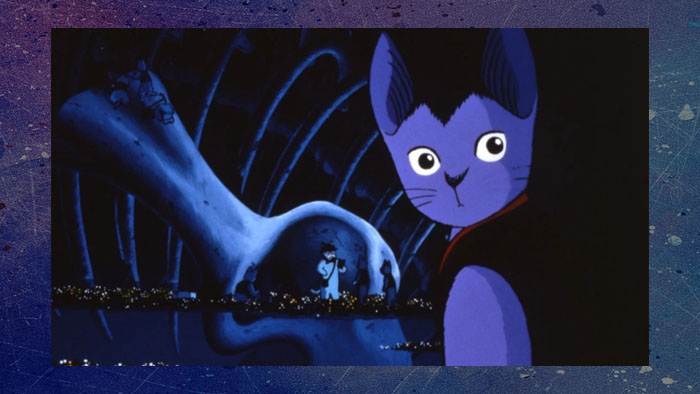
4. Night on the Galactic Railroad (Ginga Tetsudō no Yoru, Gisaburo Sugii, 1985)
A more obscure title, it’s an 80’s anime adaptation of the celebrated 1927 classic Japanese novel. Don’t let the fact that the main characters, schoolboys Giovanni and Campanella are repurposed as cats, fool you into this being light fare. It’s a meditation on grief, loss and sacrifice.
Notably, the novel is a touchstone for many modern Japanese storytellers, and has clearly inspired the train ride in Spirited Away as well as major parts of cult director Kunihiko Ikuhara’s Revolutionary Girl Utena and Mawaru Penguindrum.
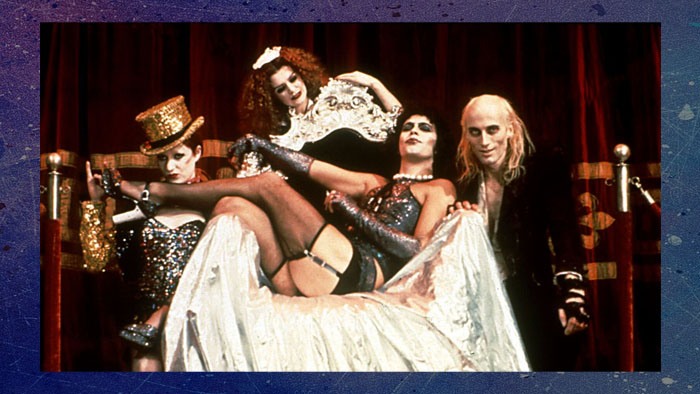
5. Rocky Horror Picture Show (Jim Sharman, 1975)
This film is 45 years old next year and it’s still one of the best modern visit-the-underworld-face-what-you-need-to-come-back-out-a-changed-person stories out there. Here, the underworld quest and initiation is about the fragile Western concept of gender roles and identities, which only need a bit of a nudge in form of an earworm musical number to crumble (said number is already playing in my head even though I didn’t even explicitly mention the title). Absurd, out-of-this-world and way ahead of this time, no wonder Rocky is still going as a cult classic.
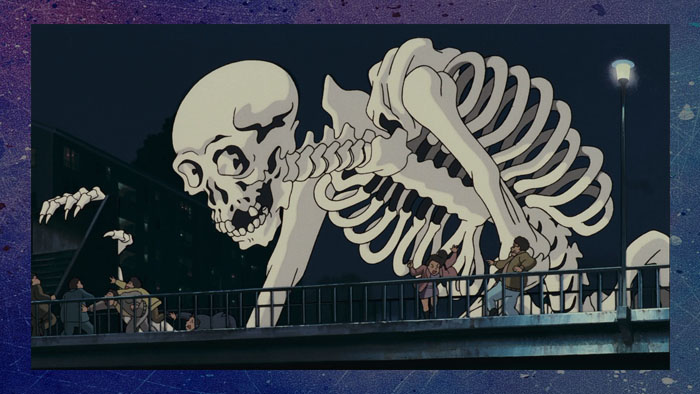
6. Pom Poko (Heisei Tanuki Gassen Ponpoko, Isao Takahata, 1994)
Pom Poko is an outlier in the Studio Ghibli catalogue. Usually Ghibli heroes travel to exotic fantasy worlds, but in this one the entire story is from the perspective of supernatural characters, the shapeshifting Japanese tanuki.
One of the most memorable sequences in the film is the reenactment of the Hyakki Yagyō a.k.a. the Night Parade of A Hundred Demons, a supernatural festival event in Japanese folklore that, like the original Día de Muertos, is a summertime event with content not unlike the original Celtic version of trick-or-treating which references the spirits coming through town.
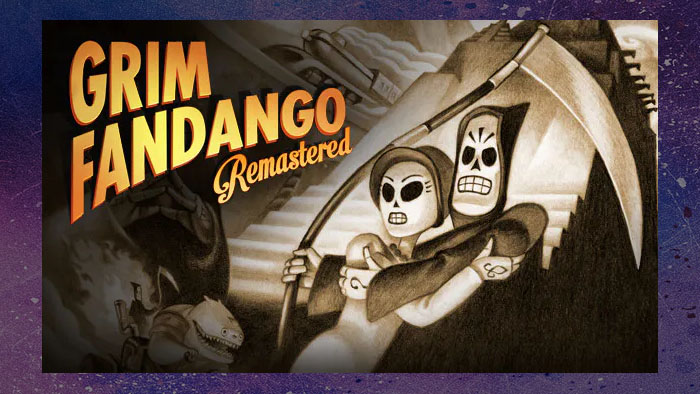
+1. Grim Fandango
If you’re more of the gaming type and would like to go to the underworld as an active character, give this 1998 point’n’click adventure game a try (available remastered on Steam for PC). With its Día de Muertos iconography playfully mixed with a film noir detective mystery, it’s a story of personal redemption through hard work.
(The inclusion of Grim Fandango is also why the most obvious film from this list, Coco, is missing. Why is that, you might ask? Well, because it’s one of those films where Americans take visual elements of an existing mythology, ditch the actual mythology, and replace it with boilerplate Hollywood family values stuff. Coco shares a bit of the Dia de Muertos mythology, but most of the film is homegrown Pixar additions that have nothing to do with the base culture they’re inhabiting. Weirdly, Grim Fandango did a much better job of adapting Mexican culture with respect, even going much further back in their research to the Maya roots.)
Now pick one and watch it!
Hope you liked this rundown.
Did I miss one of your favourite underworld exploration films? Let me know.
Hope I’ve inspired you to watch (or rewatch) one of these.
Don’t look back on the way out!
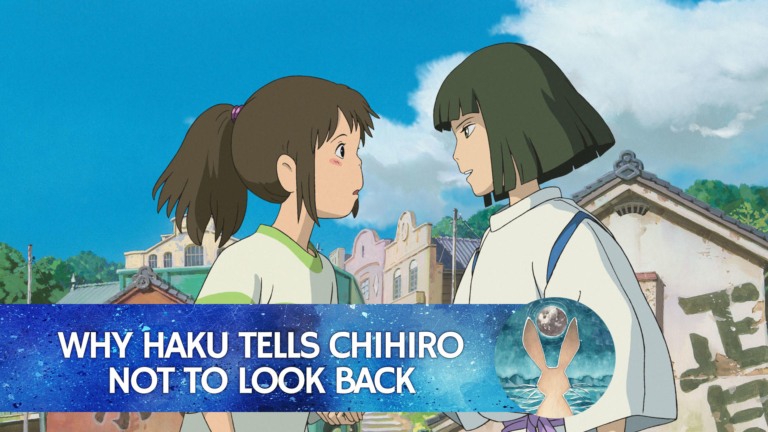
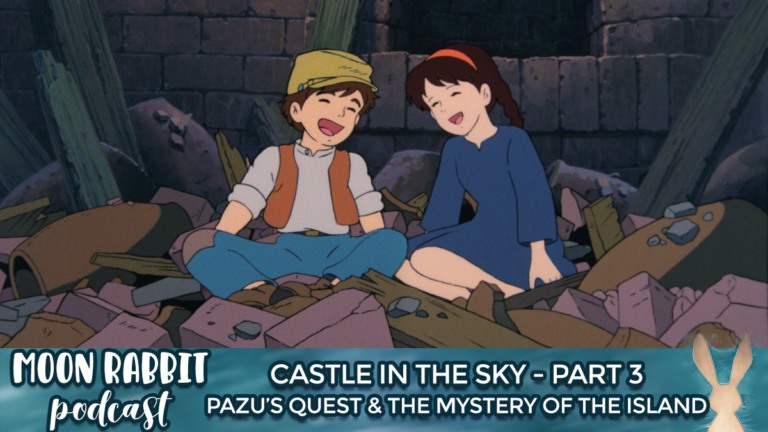
Leave a Reply